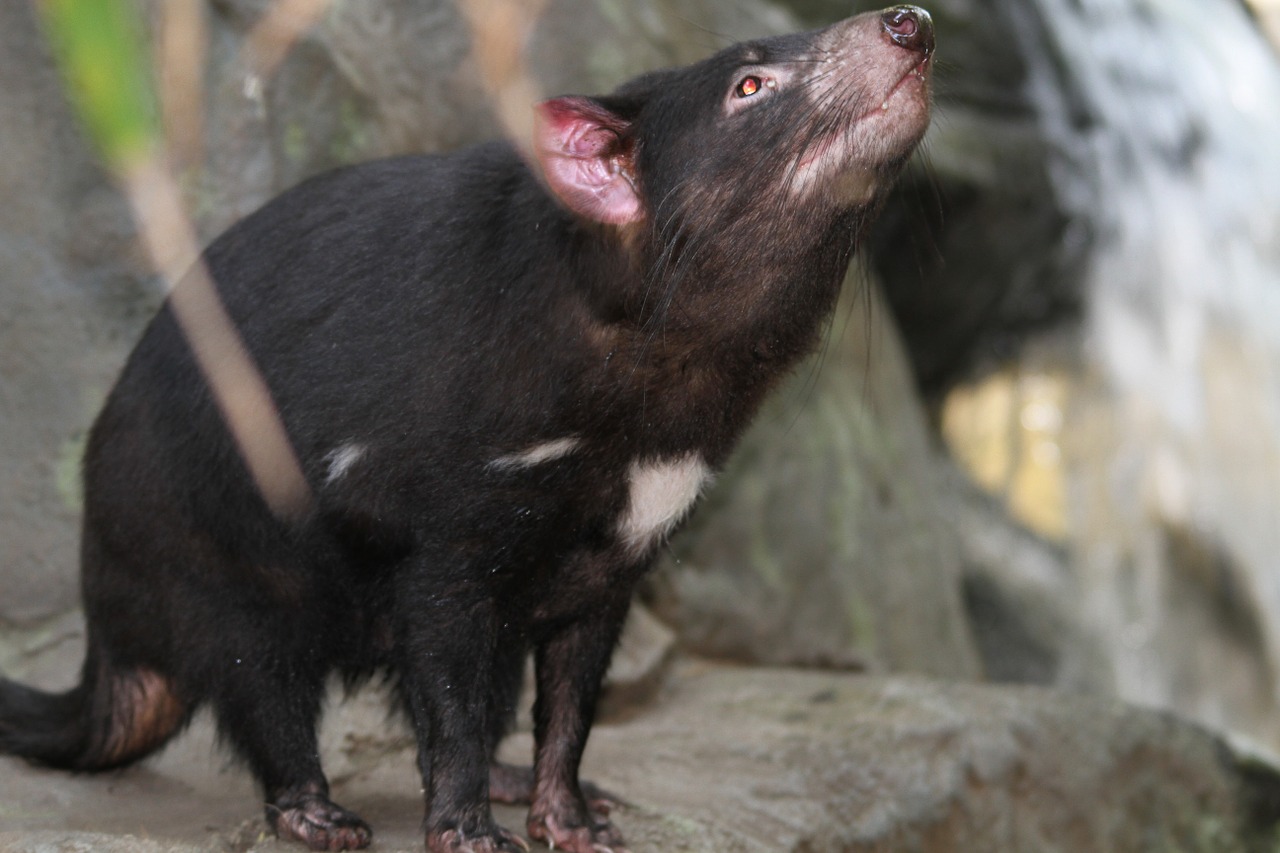Scientists from Sydney Uni have discovered a population of Tassie Devils in NE Tasmania may be resistant to the deadly Devil Facial Tumor Disease (DFTD). Associate Professor Kathy Melov says that more than 70% of Tasmania’s devil population has been affected by the disease, however a population in the northeast of the state are genetically different. The difference in the genetics of this population may make it possible for the animals to resist the cancer. Associate Professor is also working with Dr Jeremy Austin at the Australian Centre for Ancient DNA, remains of Tasmanian devils that are thousands of years old could hold clues about how to deal with the Devil Facial Tumour Disease (DFTD).
Dr Jeremy Austin, an evolutionary biologist from the University of Adelaide, received funding in October 2008 from the Australian Research Council (ARC) to examine the genetic diversity of ancient devil remains. This work builds on the findings of scientists in the Save the Tasmanian Devil Program, who previously determined that DFTD is a contagious cancer. It can spread between individuals because of a lack of genetic diversity among Tasmanian devils.
‘We want to understand when, where and why Tasmanian devils lost genetic diversity,’ Jeremy said. ‘Some of the samples we have from Victoria and Western Australia go back thousands of years. They’ll be able to give us an indication of how genetically diverse devils were, and whether they’ve been through something like this before.’ The ultimate goal of this research is to develop a screening program that identifies devils with a higher genetic diversity. These devils are the animals that will most likely be immune or resistant to the Devil Disease.
For more information about the DFTD visit the Save the Tasmanian devil website or for more infomations about the new findings visit the ABC website



